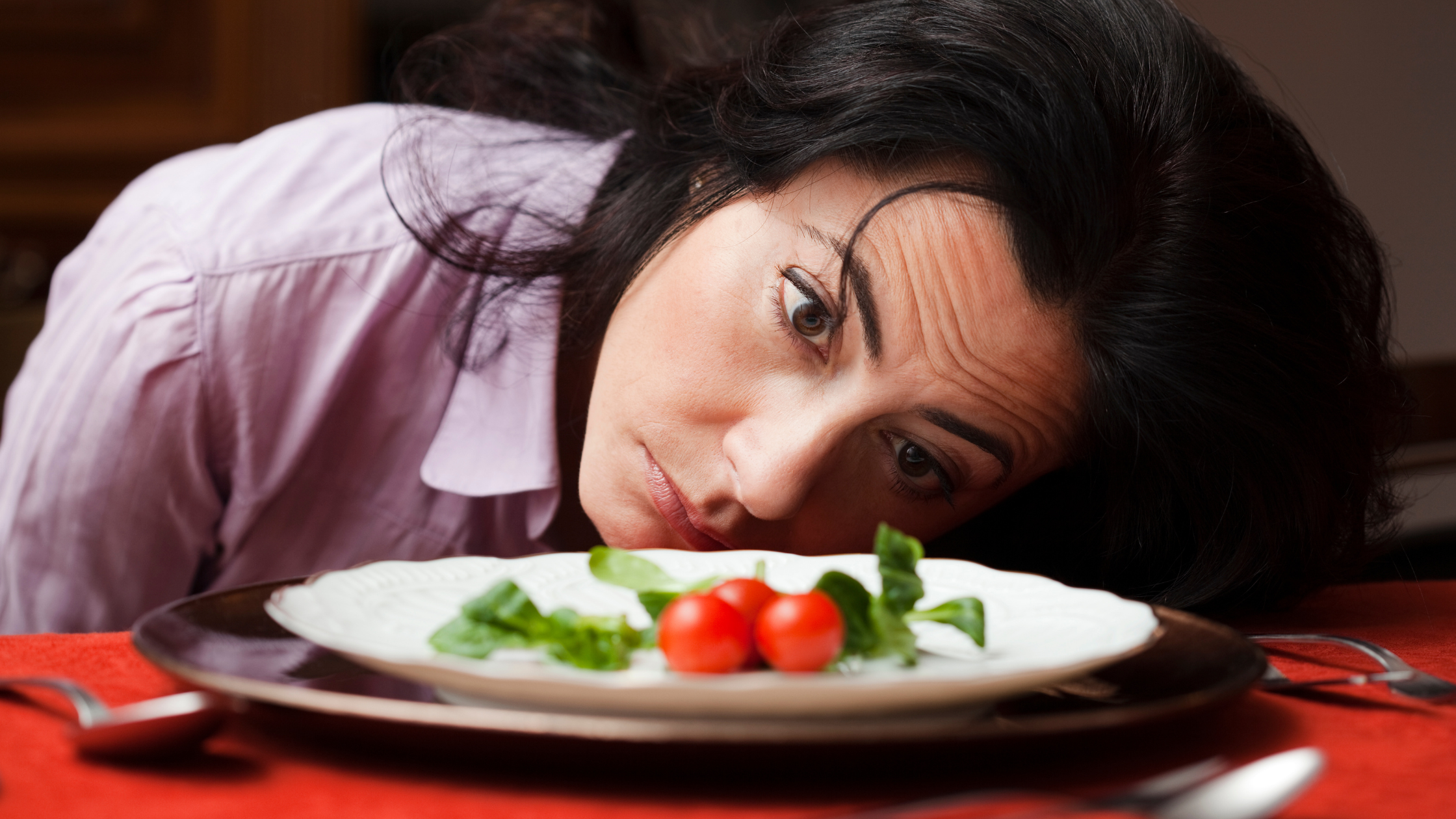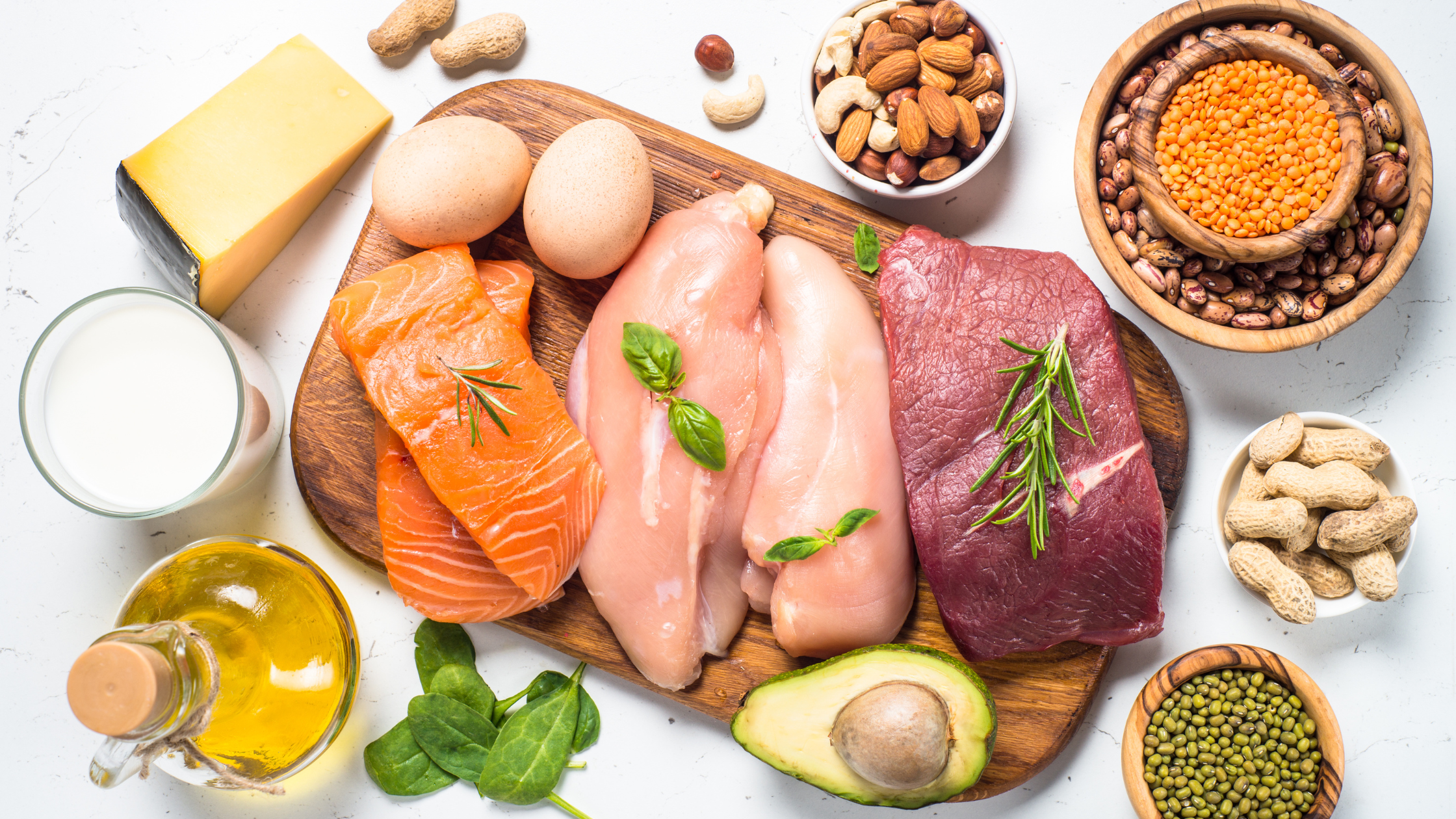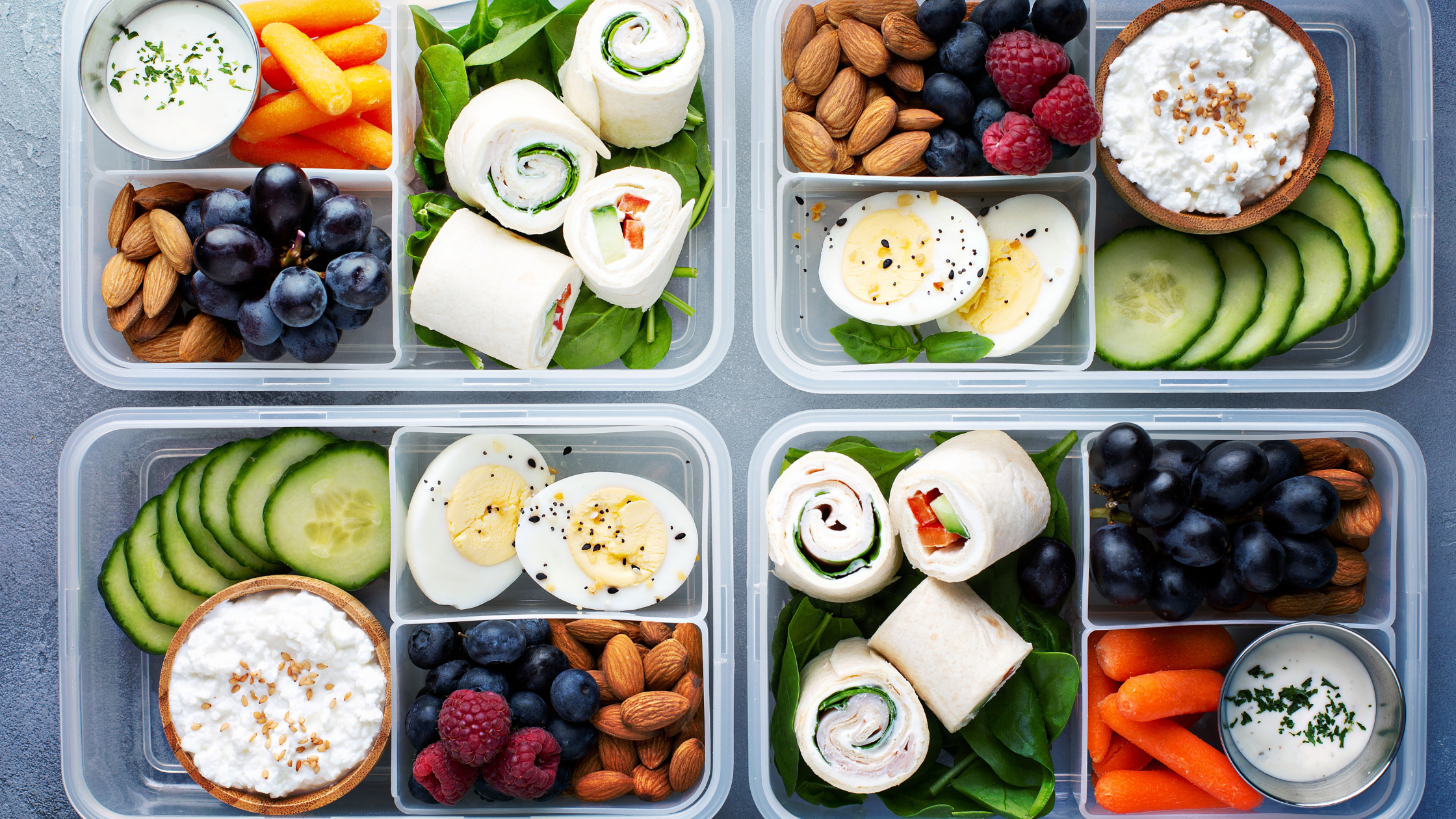4 Common Weight Loss Mistakes Seniors Make
Written by TYE Medical on Apr 14th 2025
Weight loss mistakes are easy to make and keeping up with the latest research can be daunting for seniors. But the need for a healthy eating plan is real. As you age, keeping excess weight off can feel like an uphill battle. Movement can become slower or even painful as you age, resulting in fewer calories burned each day. And yet you’re surrounded by a smorgasbord of food options in almost unlimited quantities. Stifling your appetite in the face of such temptation is a definite challenge.
If it seems that no matter how hard you try, the pounds won’t budge, consider how you may be sabotaging your weight loss efforts. Here are some common mistakes you might be making and how to correct them for successful weight loss even over 60.
1. You Move Less Because It Hurts

You might live by the philosophy that if it hurts to do something, then don’t. But this isn’t always wise advice when it comes to necessary physical activity. Sometimes the hindrance to movement is arthritis in your knee, a stiff back, or ongoing recovery from surgery. It’s important to receive your doctor’s advice on movement and exercise, but don’t assume you must be sedentary. Most likely, you will be advised to continue some form of exercise if your general health allows.
If movement is a struggle for you, try low-impact activities like walking, yoga, tai chi, or water aerobics. You don’t need to run marathons or spend hours being active, but it is important to schedule a reasonable amount of physical activity each day.
According to the Arthritis Foundation, outside of medication, the most effective means for treating arthritis pain is exercise. Low-impact cardio exercise and strength training can help manage your arthritis pain while burning calories and building muscle mass. Remember, that weight loss itself is a help for arthritis pain as losing those extra pounds relieves pressure from your joints.
2. You’re Following a Decades-Old Diet

Dietary science has amassed new data over the years that requires a rethinking of what is healthy and helpful for weight loss and what is not. It’s possible what’s sabotaging your diet is outdated notions about healthy eating. We now know that OJ and white bread toast don’t make the best breakfast, in fact, it’s almost completely sugar and simple carbs that will spike your blood sugar and leave you hungry within the hour. Instead, it’s best to focus on protein and fiber in the morning.
It’s possible you’re not quite sure what you should be eating to stay healthy and lose weight. That’s okay, because plenty of information is at your fingertips. You can start with some online research using My Plate for Older Adults which offers the most up-to-date nutritional guidelines and eating recommendations for seniors.
Meanwhile, remember that half your plate should be fruits and vegetables, while the other half includes lean protein, whole grains, and some dairy. This will give you the most well-rounded nutrition and keep those carbs in check. And even though protein is important as you age, you don’t need to eat as much meat as you might think. A serving of meat is only the size and thickness of a deck of cards, not stacks of card decks like many people consume.
3. You’re Not Including the Right Nutrients

If you cut too much from your diet you could end up losing muscle more rapidly and growing frail. But of course, the goal is that you grow stronger through a nutritious diet and proper exercise. It’s not only muscle mass you want to grow but also bone mass.
To accomplish this, you need to include enough protein, calcium, and vitamin D in your diet, even as you’re trying to lose weight. Otherwise you're losing muscle and bone mass along with pounds, making you weak and frail, which becomes a real threat with age. Along with protein, calcium, and vitamin D, be sure you’re getting adequate potassium or fiber, which you get from spinach, bananas, and potatoes.
If you’re uncertain of what you’re lacking or are also managing a chronic health condition, it might be best to consult with your doctor or a dietician about customizing an eating plan to suit your needs.
4. You Don’t Snack

Ideally, it’s best for most people to eat every three to four hours rather than going large stretches of time without eating. If you go too long between meals, your blood sugar drops and becomes unstable, and you tend to overeat at your next meal, further destabilizing blood sugar. It might also cause you to eat low-quality, convenience meals that are high in fat and sugar but low in protein, fiber, and other nutrients.
But of course, the quality of your snack matters. You aren’t doing yourself any favors if you snack on chips and candy. However, keeping a short list of healthy snacks to have on hand can go a long way to helping you meet weight loss and nutrition goals. Try an apple and a small handful of almonds or walnuts, low-fat, plain Greek yogurt with Stevia and berries, deli meat wrapped in lettuce, choose another option that appeals to you.
A Few Corrections Can Make a Big Difference
If you recognize a couple mistakes you’ve been making, that’s okay, In fact, that’s perfect. It means you have an opportunity to turn things around by making a few adjustments that can add up to big losses on the scale. And the best part is that by following these tips, you’ll not only lose weight but also grow stronger as you shed the pounds.


